Hanoi Ancient House at 87 Ma May Street
Ma May ancient house is an open attraction preserved to introduce Hanoi's ancient architecture and way of living and, at the same time, suggest the idea of protecting the history and cultural value.
Location and History
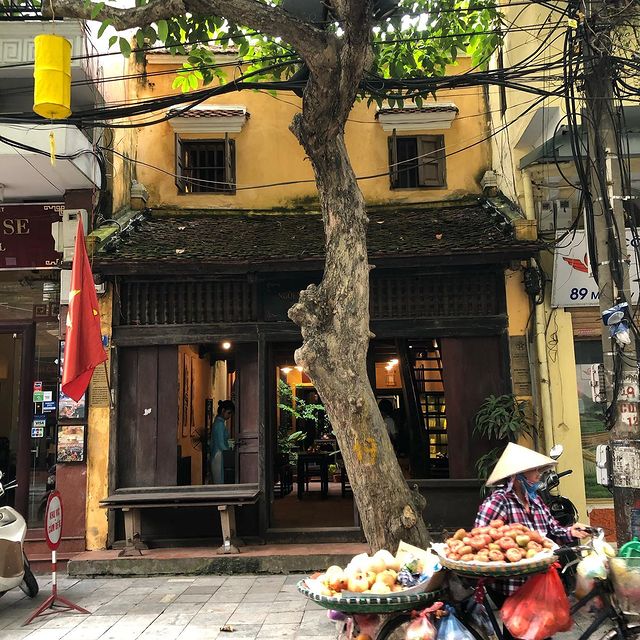 Photo by @_minh.an
Photo by @_minh.an
The architecture located in 87 Ma May is one of 14 traditional houses in the Hanoi Old Quarter. Ma May ancient house, also called Hanoi ancient house by the locals, was built in the 19th century serving the purpose of living and running business.
The house owners have changed many times since construction day, but with the owners and the government's great effort, the house still maintains its original structure. Before 1945 the owner of the house was a famous rice trader. After that, the owner sold his house to a medicine businessman. This owner lived there for ten years, then moving away, leaving the house uninhibited for a short time. In the late 50s, the government allocated the place at 87 Ma May to five families.
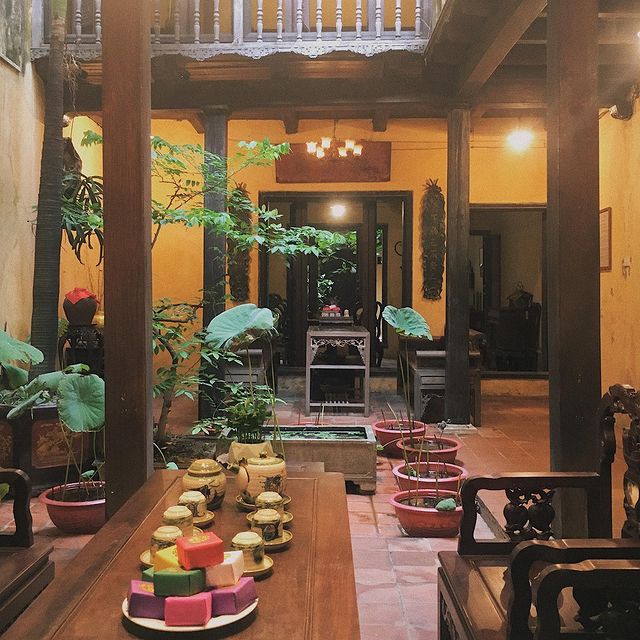 Photo by @nhlnhl193
Photo by @nhlnhl193
French and Vietnam people once repaired the house in the late 90s. All building materials were kept intact. After the restoration, Hanoi People Committee, in charge of the house management, put the house into tourist use as an ancient architecture model. House 87 of Ma May was granted a National Heritage certification in 2004.
Architecture
With a total area of 157.6m2, Ma May ancient house followed the traditional "tube house" structure with many layers, which was typical during that time. The front land is 5m in width, and the back is 6m, while the length reaches 28m. With the end broader than the front, the house structure indicated people's thoughts in the past: build a house with a "blooming" backland, and it will bring the owner fortune and joy in the future.
The house has two main floors with a central courtyard and a small mezzanine. The mezzanine is used for storage, so the height never exceeds 2.5m.
On the first floor, the outermost room, closest to the street, is used as the goods displaying and selling place. Crossing the yard in between, you will find the living area of the family. The innermost part of the house is the kitchen and toilet place.
 Source: Instagram @macelosantos.elf
Source: Instagram @macelosantos.elf
The small courtyard in the middle of the house, lined with Bat Trang bricks, is the place for ventilation and lighting of the whole land. The family used to live here had decorated the yard with bonsais and a drinking table, made use of the empty space for resting and moon watching.
You have to climb up an old wooden staircase to reach the second floor. The outer room is used as a worship corner and was where the owner used to welcome guests. Inside there are a sofa and a teapot set placed above. The inner part of the second floor is the bedrooms. A small space between two sections, adorned with floral and vegetation pots, creates a bond with nature.
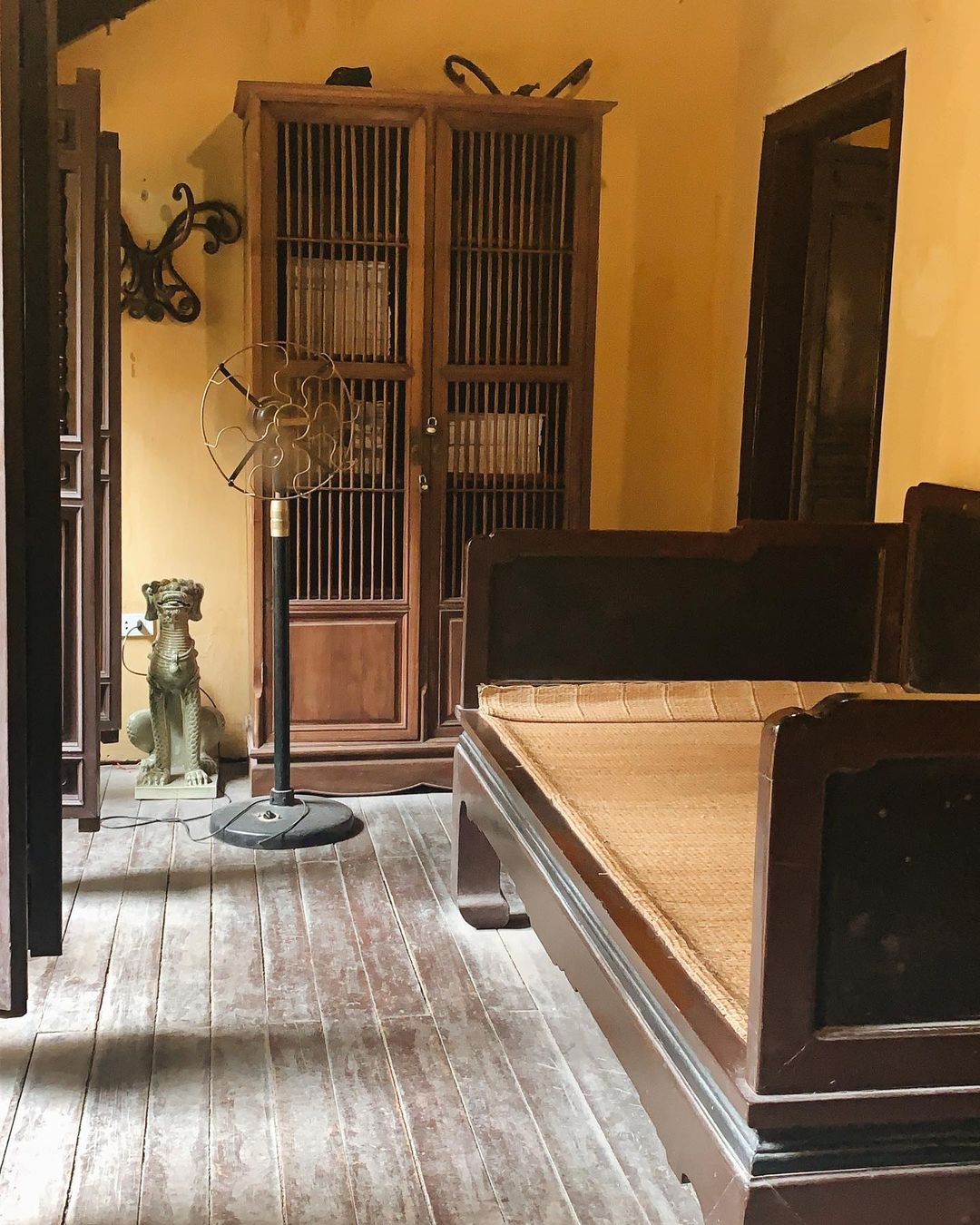 Source: Instagram @mitzi_215The furniture of the house is mainly wood, ceramic, and bamboo source. This two-story house was built from ironwood combined with terracotta bricks, a holy creature title roof, and large frame doors. Stepping inside Ma May ancient house, guests will immediately feel the sign of the times that separated from the outside crowd.
Source: Instagram @mitzi_215The furniture of the house is mainly wood, ceramic, and bamboo source. This two-story house was built from ironwood combined with terracotta bricks, a holy creature title roof, and large frame doors. Stepping inside Ma May ancient house, guests will immediately feel the sign of the times that separated from the outside crowd.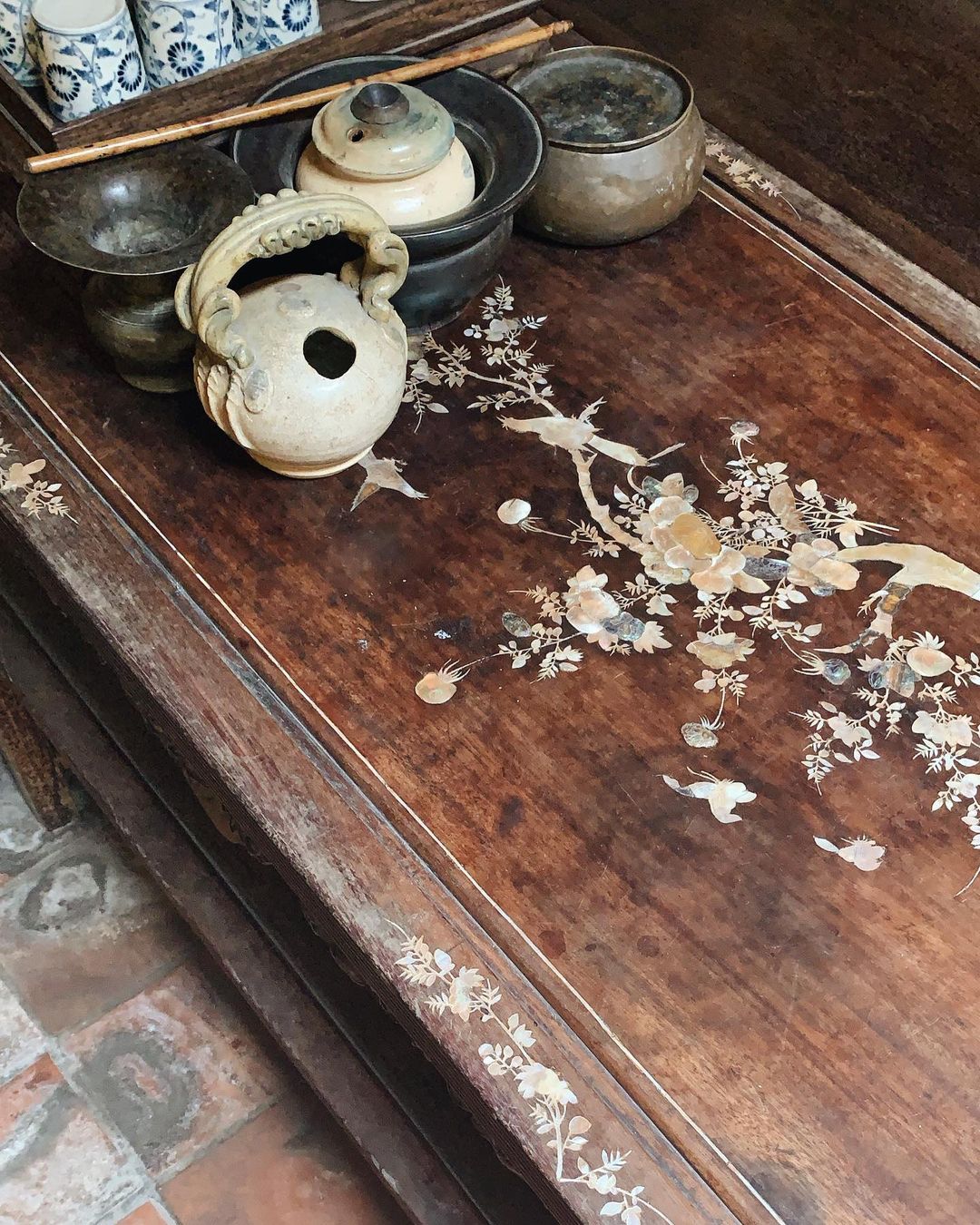
Traditional Performances
Ma May heritage site is the host of many local cultural activities, especially in the mid-autumn festival period. The main pavilion also displays and promotes many Vietnamese traditional handicrafts such as wind paper paintings, lacquer ware, or some ethnic musical instruments.Every day in the morning, the house opens for tourists. At 7 pm weekend, there is folk music (Ca Tru) singing for anyone's interest. The Thang Long Guild is in charge of this 60 minutes performance.
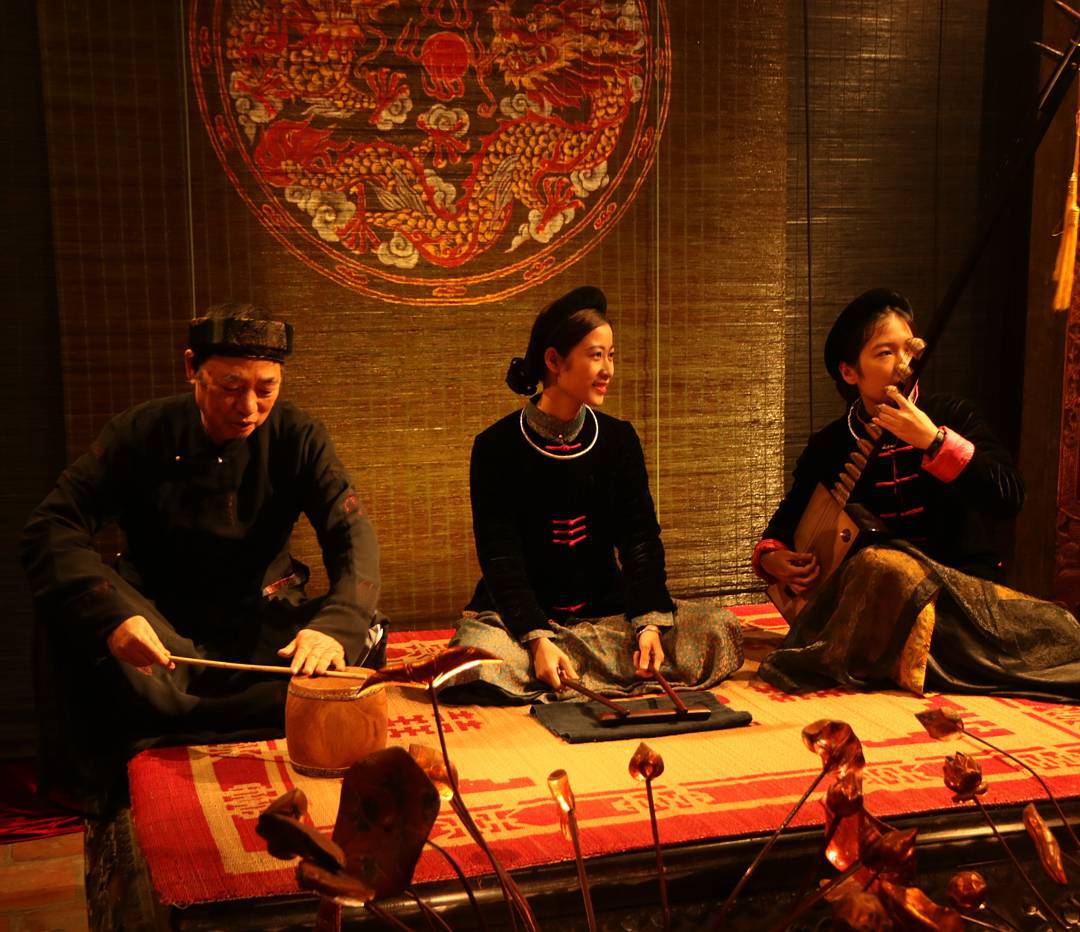 Source: Instagram @kavee_youn
Source: Instagram @kavee_youn
How to get there
The ancient house sits at 87 Ma May street, a popular street in Hanoi Old Quarter. You can easily walk there for less than 10 minutes from Hoan Kiem lake.
Useful Information
- Location: 87 Ma May Street, Hoan Kiem, Hanoi
- Best for: Family, couple, solo
- Entrance: 20,000
- Hours: 8:30AM - 4:30PM
- Distance to city center: 2.1km (1.3 mi)
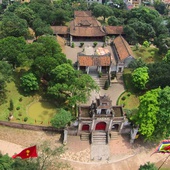
Co Loa Citadel
Being a cultural heritage, a testament to the creativity and technical skills of the old Vietnamese, Co Loa Citadel is definitely an ideal tourist destination that visitors cannot ignore when visiting Hanoi.
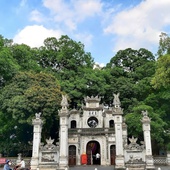
Quan Thanh Temple
Located on Thanh Nien Street, Quan Thanh Ward, Ba Dinh District, Hanoi, Quan Thanh Temple is a Taoist temple and known as one of Hanoi’s four sacred temples which were built to worship four protectors in four directions.
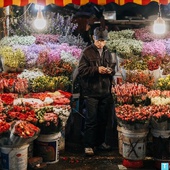
Quang Ba Flower Market
Without the normal hustle and bustle of normal markets, Quang Ba Flower Market is charming in its own way.








